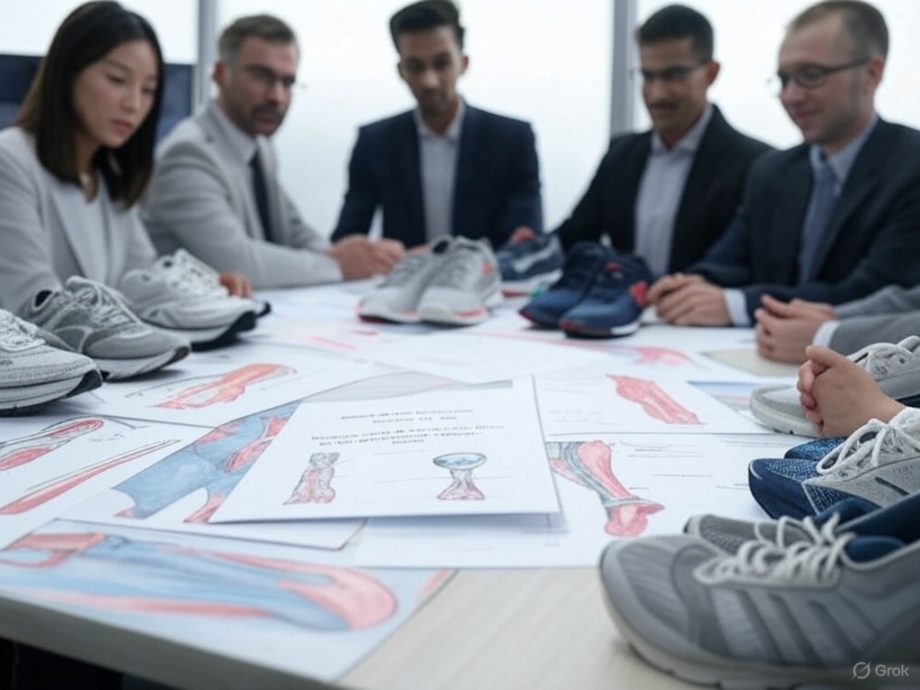
There’s nothing quite like the excitement of slipping into a brand-new pair of shoes. However, if you’ve ever worn a new pair of shoes for an extended period, you’re probably familiar with the discomfort and blisters that can follow. Breaking in new shoes doesn’t have to be a painful process. With the right approach, you can wear your new shoes comfortably and avoid the common pitfalls. Here’s how to break in your new shoes while keeping your feet happy and blister-free.
1. Choose the Right Size
Before you even start breaking in your shoes, it’s crucial to ensure you’re starting with the correct size. Shoes that are too small or too large will cause discomfort from the get-go. When trying on new shoes:
- Wear the socks you’ll be using with the shoes: This is especially important for hiking or running shoes, where sock thickness can affect the fit.
- Try them on later in the day: Feet tend to swell as the day goes on, so trying on shoes in the afternoon or evening will give you a better idea of the fit.
- Check for toe room: You should have about a thumb’s width between your longest toe and the end of the shoe.
2. Wear Them Around the House
Before taking your new shoes out for a full day of wear, try walking around in them indoors. This allows you to break them in gradually without being far from home if discomfort arises. Start by wearing them for short periods—an hour or two at a time—and gradually increase the duration over a few days.
3. Use Thick Socks and a Hairdryer
For leather shoes or boots that feel tight in specific areas, you can use a hairdryer to help stretch the material. Here’s how:
- Put on thick socks: Wear a pair of thick socks, like wool socks, to help stretch the shoe.
- Apply heat: Use a hairdryer on a medium setting to warm up the tight areas of the shoe for about 20-30 seconds at a time.
- Move your feet: Wiggle your toes and flex your feet while the shoe is warm to help mold it to your foot’s shape.
- Let them cool: Keep the shoes on until they cool down, which helps them retain the new shape.
4. Use Protective Pads and Blister Guards
If you notice any areas of your foot that are particularly prone to rubbing or friction, apply protective pads or blister guards. Moleskin, gel pads, or silicone toe sleeves can provide extra cushioning and reduce friction in problem areas. These products are especially helpful for breaking in heels, boots, or shoes with stiff materials.
5. Stretch Them with a Shoe Stretcher
If your shoes are still too tight after trying the hairdryer method or if you want a more precise stretch, consider using a shoe stretcher. Shoe stretchers are designed to expand the width and length of shoes gradually. You can also use a stretching spray (which helps soften the material) in combination with the stretcher for better results.
6. Gradually Increase Wear Time
Once you’ve worn your new shoes around the house and addressed any tight spots, gradually increase the amount of time you wear them outside. Start with short outings, like a quick trip to the store, and slowly extend the time until you’re comfortable wearing them for a full day.
7. Alternate Wearing Your New Shoes
To prevent discomfort and give your feet a break, alternate wearing your new shoes with other pairs. This gives your feet time to recover and helps the shoes regain their shape between wears. Alternating shoes also helps the breaking-in process by allowing the materials to flex and soften naturally over time.
8. Use Lubricants and Powders
If you’re prone to blisters, consider using anti-chafing balms, petroleum jelly, or powders on areas of your feet that tend to rub against the shoe. These products reduce friction and help prevent blisters from forming.
9. Be Patient
Some shoes, especially leather and boots, can take longer to break in. Be patient and give your shoes time to mold to your feet. Rushing the process can lead to discomfort and blisters. With regular, gradual wear, your shoes will become more comfortable over time.
Conclusion
Breaking in new shoes doesn’t have to be a painful experience. By choosing the right size, wearing them around the house, using thick socks and heat, and applying protective products, you can avoid blisters and discomfort. Remember to be patient and give your shoes time to mold to your feet. With these tips, you’ll be enjoying your new shoes in no time without the pain.
